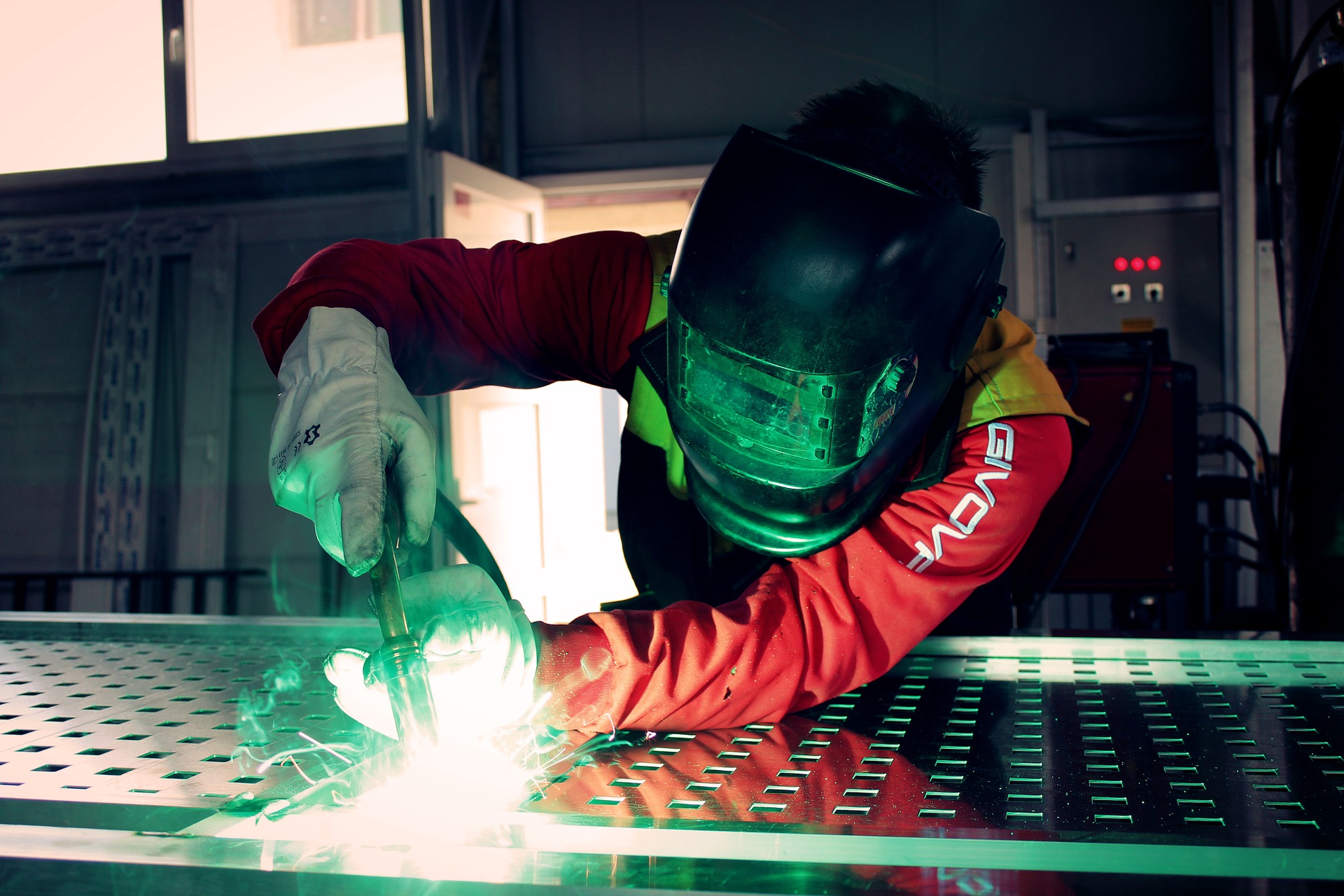The Crucial Role of Heat-Resistant Materials in Personal Protective Equipment
In the ever-evolving landscape of industrial workplaces, ensuring the safety and well-being of workers is paramount. Within this realm, the significance of heat-resistant materials in personal protective equipment (PPE) cannot be overstated. Point 8 delves into the pivotal role these materials play in safeguarding individuals employed in environments where high temperatures and thermal hazards pose constant risks.
Table of Contents
Enhancing Workplace Safety
The workplace can be rife with potential thermal hazards, ranging from extreme heat to molten metal splashes. Heat-resistant materials in PPE act as a shield, offering a crucial layer of defense between the worker and these dangers. From heat-resistant clothing to specialized gloves and face shields or a fire sleeve, these materials are meticulously designed to withstand high temperatures, ensuring the wearer’s safety in even the most challenging conditions.
Understanding Heat-Resistant PPE
Heat-resistant PPE encompasses a diverse array of materials engineered to withstand specific thermal challenges. High-temperature-resistant fibers like aramid and meta-aramid, often known by brand names such as Nomex and Kevlar, are utilized in clothing, offering exceptional flame and heat resistance. Aluminized materials, coated with a layer of aluminum, provide excellent protection against radiant heat and molten metal splashes, making them indispensable in foundries and metalworking industries.
The Role of Insulation and Reflectivity
One of the key properties of effective heat-resistant materials is their ability to insulate against high temperatures. PPE materials incorporate insulation layers that trap air, minimizing heat transfer to the wearer’s skin. Reflective materials, often comprising aluminum-coated fabrics, reflect radiant heat away from the body, providing an additional layer of protection. This combination of insulation and reflectivity ensures that the wearer remains shielded from intense heat sources.
Tailored Protection for Specific Hazards
Different work environments present distinct thermal hazards, necessitating tailored solutions. Heat-resistant materials are engineered to address specific risks. For instance, firefighters’ gear employs materials designed to withstand extreme temperatures and protect against direct flame contact. Similarly, workers in the proximity of molten metal utilize aluminized PPE to shield against radiant heat and splashes.
Comfort and Durability
Beyond safety, comfort is a paramount consideration in the design of heat-resistant PPE. Innovations in material engineering have led to the development of lightweight, breathable fabrics that offer superior heat protection without compromising comfort. These materials wick away moisture, ensuring that the wearer remains dry, even in high-temperature environments. Moreover, heat-resistant PPE is crafted for durability, with materials engineered to withstand repeated use and rigorous conditions.
Preventing Occupational Hazards
Occupational hazards related to heat and thermal exposure can have severe consequences, ranging from burns to heat stress-related illnesses. Heat-resistant PPE acts as a crucial preventive measure, significantly reducing the likelihood of these hazards. By creating a barrier between the worker and heat sources, these materials mitigate the risk of burns and injuries, allowing individuals to focus on their tasks with confidence and peace of mind.
Continuous Research and Development
The field of heat-resistant materials in PPE is continually evolving. Ongoing research and development initiatives seek to enhance the properties of these materials, making them more effective and versatile. Researchers explore nanotechnology applications, advanced fibers, and novel coatings to further improve heat resistance, durability, and comfort, ensuring that workers are equipped with the best possible protection.
In conclusion, the deployment of heat-resistant materials in personal protective equipment represents a cornerstone of workplace safety. These materials serve as a shield, offering robust protection against thermal hazards while prioritizing the wearer’s comfort and mobility. As industries progress and new challenges emerge, the continuous innovation in heat-resistant PPE ensures that workers remain safeguarded, underscoring the indispensable role of these materials in modern industrial safety protocols.





